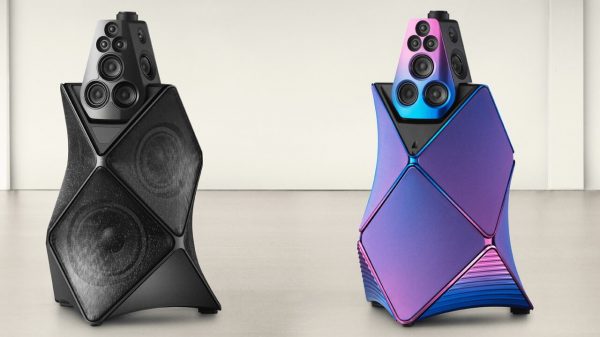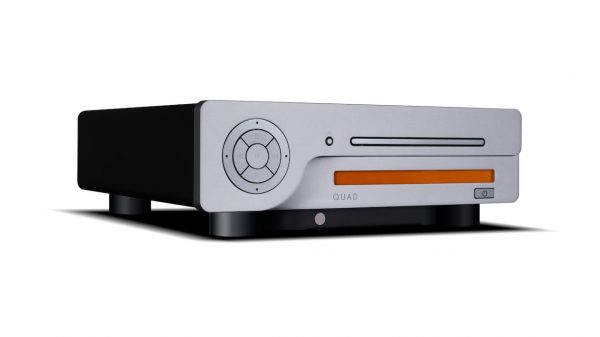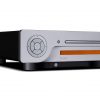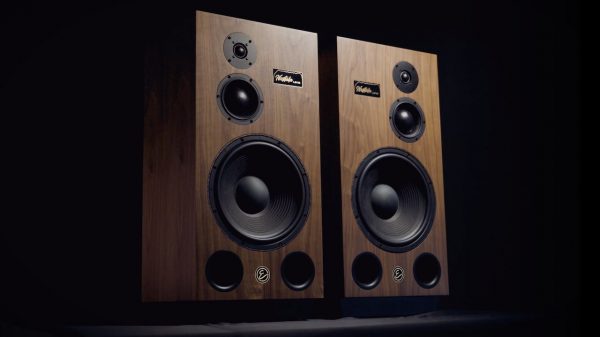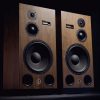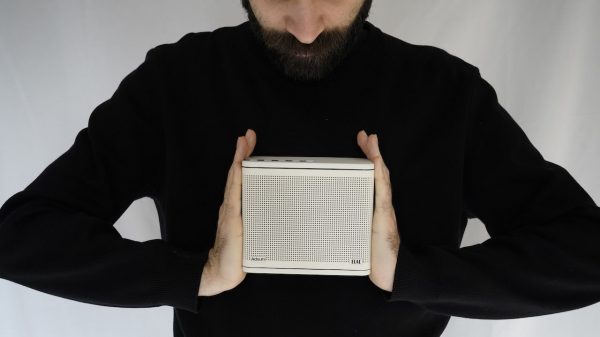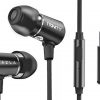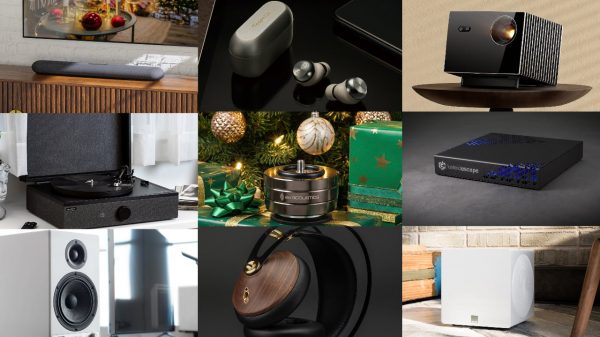Annual showcase of emerging technologies includes a prototype that creates a more dynamic and compelling way to interact with a computer using foot controls.
Step User Interface (Step UI), an innovative technology prototype that encourages people to control their computers using their feet in addition to their hands, is among more than 150 innovative concepts to be featured at the sixth annual Microsoft Research TechFest this Wednesday and Thursday at Microsoft Corp.’s headquarters in Redmond, Wash.
Open only to Microsoft employees and select invitees, TechFest provides a unique forum for generating discussions and new ideas about the future of technology. The event stimulates further collaboration between researchers and the broader Microsoft community, usually resulting in the adoption of these research innovations by product groups across the company. More than 6,000 Microsoft employees are expected at this year’s TechFest, with presentations by more than 400 Microsoft Research staff members from the organization’s five worldwide labs.
“TechFest is a prime opportunity for our researchers to share the results of their work with the rest of the company, get input and feedback, and discuss how to take their research forward,” said Kevin Schofield, general manager of Strategy and Communications for Microsoft Research. “The technology shown at TechFest is a combination of our own internal work and several projects resulting from open collaboration with academics from the worldwide research community. This is exciting because Microsoft employees can come to one place to see our own groundbreaking work and also catch up on some of the best research from the broader community.”
The Step UI evolved from efforts by Microsoft researchers Brian Meyers, A.J. Brush, Steven Drucker and Marc Smith to extend the current model for interacting with a desktop computer. The result creates a way to interact with a computer while dealing with a variety of repetitive tasks. The StepMail application uses an off-the-shelf “dance pad” to let a user carry out commands in e-mail — such as scroll, open, close, delete, flag and place messages in folders — by tapping a set of six buttons on the floor. Another prototype application, StepPhoto, allows foot-controlled scrolling and sorting through digital photographs.
“Many information workers spend a majority of their time trapped at their desk dealing with e-mail. We wanted to provide them with an alternative,” said Brian Meyers, a member of the Step User Interface Project Group involved in the prototype. “By allowing information workers to stand and continue to read, delete and flag e-mail messages, StepMail gives them a break from the keyboard and mouse, which reduces the risk of repetitive stress injury in their hands and wrists and engages more of their bodies’ muscles.”
Besides giving computer users a way to stay more active at their desks, the Step UI technology has potential to help people with limited hand dexterity to work more productively. It also allows computer users to give their hands regular breaks from using their keyboard and mouse, which the Centers for Disease Control and other health organizations recommend to lower the risk of repetitive stress injuries. Microsoft researchers’ study findings will be presented at the April 2006 ACM CHI conference in Montreal.
Microsoft researchers participating in TechFest include, among others, John Platt, a senior researcher in the Knowledge Tools Group, who received a Technical Achievement Award from the Academy of Motion Picture Arts and Sciences in February. Platt and Demetri Terzopoulos, a computer science professor at the University of Toronto, received the award for their pioneering work in physically based, computer-generated techniques to simulate realistic cloth in motion pictures.
About Microsoft Research
Founded in 1991, Microsoft Research is dedicated to conducting both basic and applied research in computer science and software engineering. Its goals are to enhance the user experience on computing devices, reduce the cost of writing and maintaining software, and invent novel computing technologies. Researchers focus on more than 55 areas of computing and collaborate with leading academic, government and industry researchers to advance the state of the art in such areas as graphics, speech recognition, user-interface research, natural language processing, programming tools and methodologies, operating systems and networking, and the mathematical sciences. Microsoft Research employs more than 700 people in five labs located in Redmond, Wash.; Silicon Valley, Calif.; Cambridge, England; Beijing; and Bangalore, India. The External Research & Programs group within Microsoft Research is dedicated to building world-class relationships with colleges and universities that enhance the teaching and learning experience, inspire technological innovation, and establish Microsoft as a valuable technology partner for higher education. More information can be found at http://www.research.microsoft.com.
About Microsoft
Founded in 1975, Microsoft (Nasdaq “MSFT”) is the worldwide leader in software, services and solutions that help people and businesses realize their full potential.
Microsoft is a registered trademark of Microsoft Corp. in the United States and/or other countries.
The names of actual companies and products mentioned herein may be the trademarks of their respective owners.

